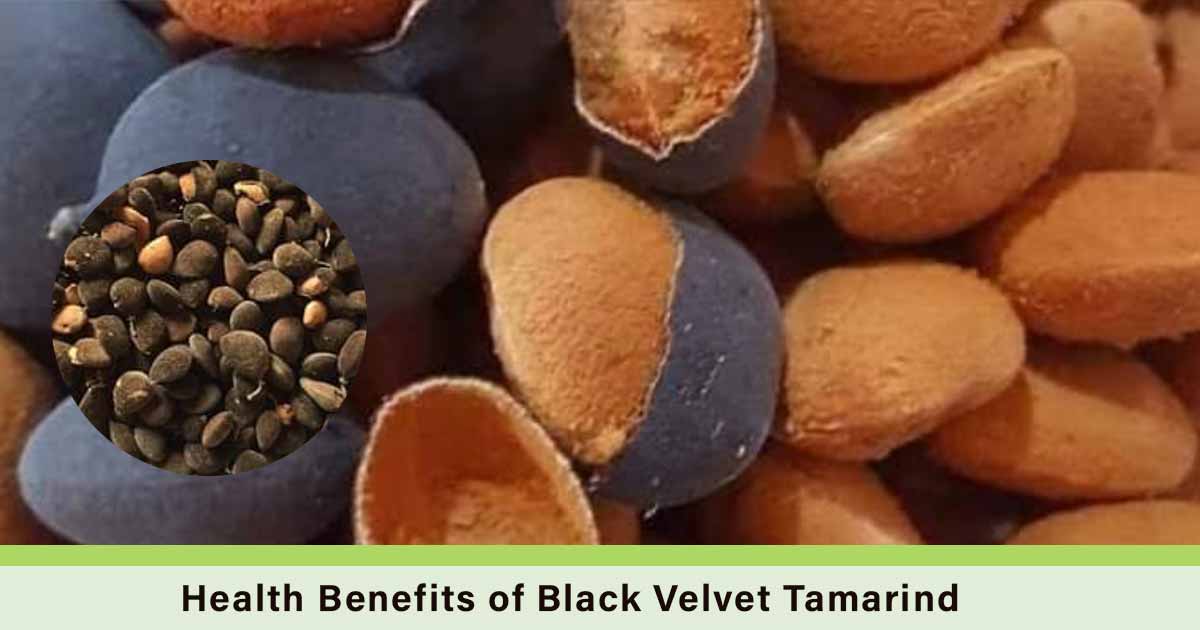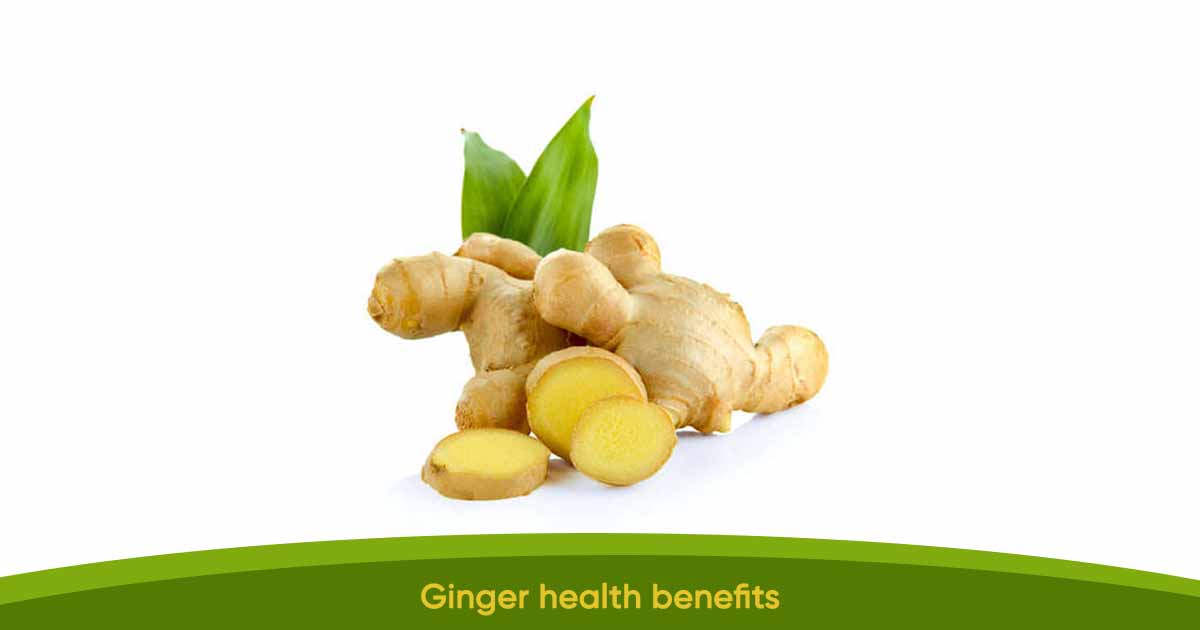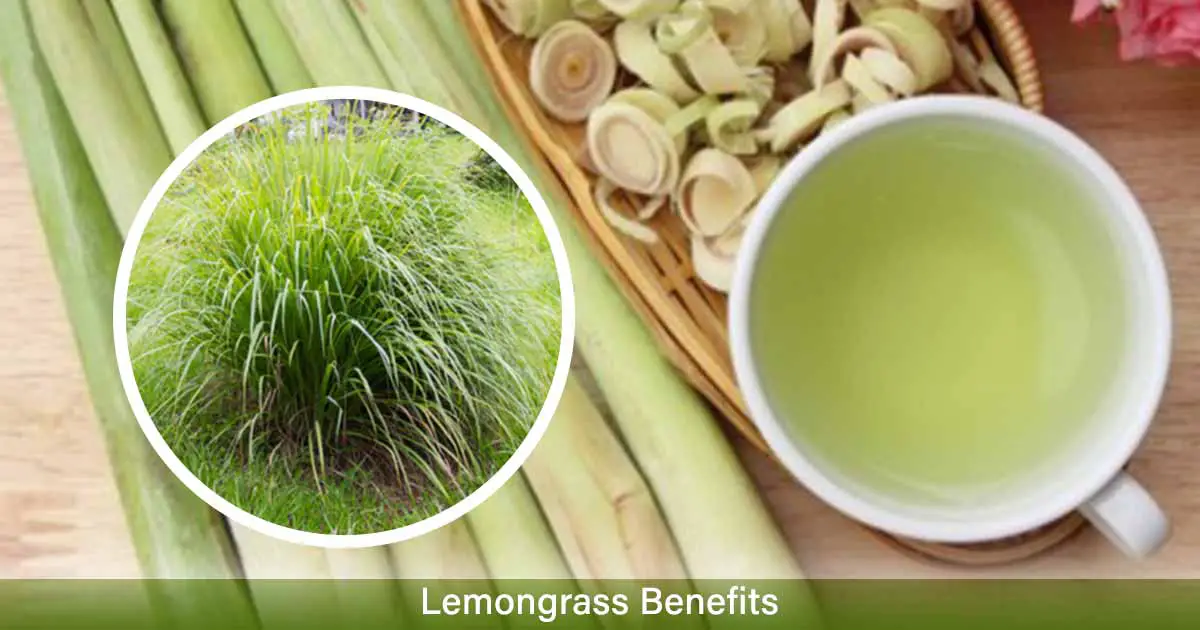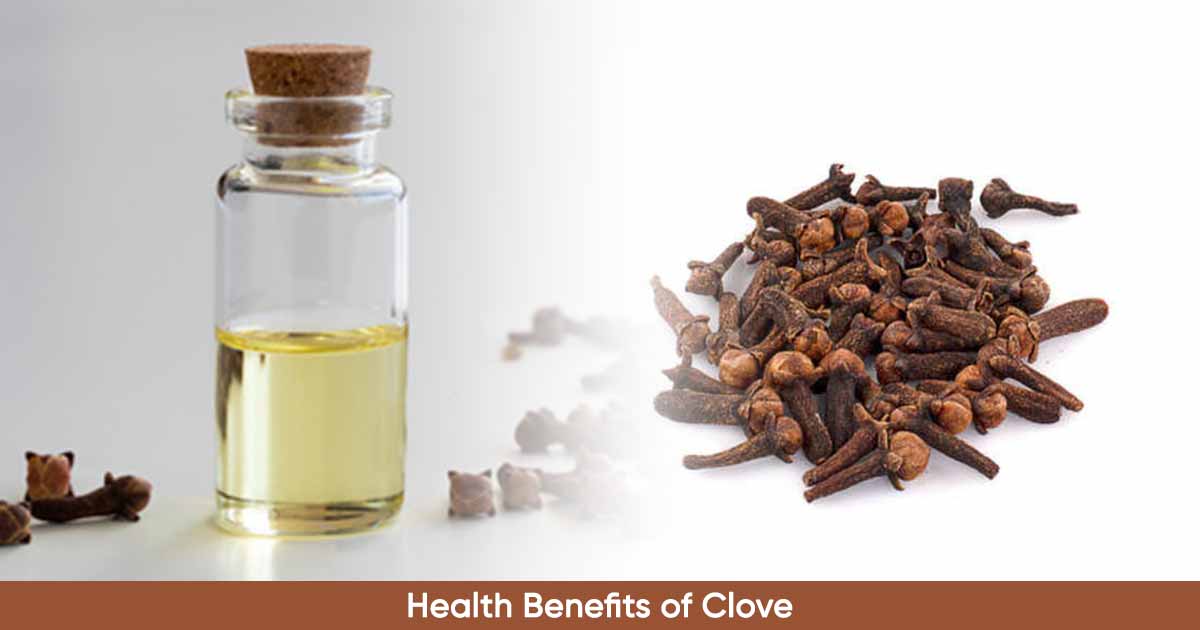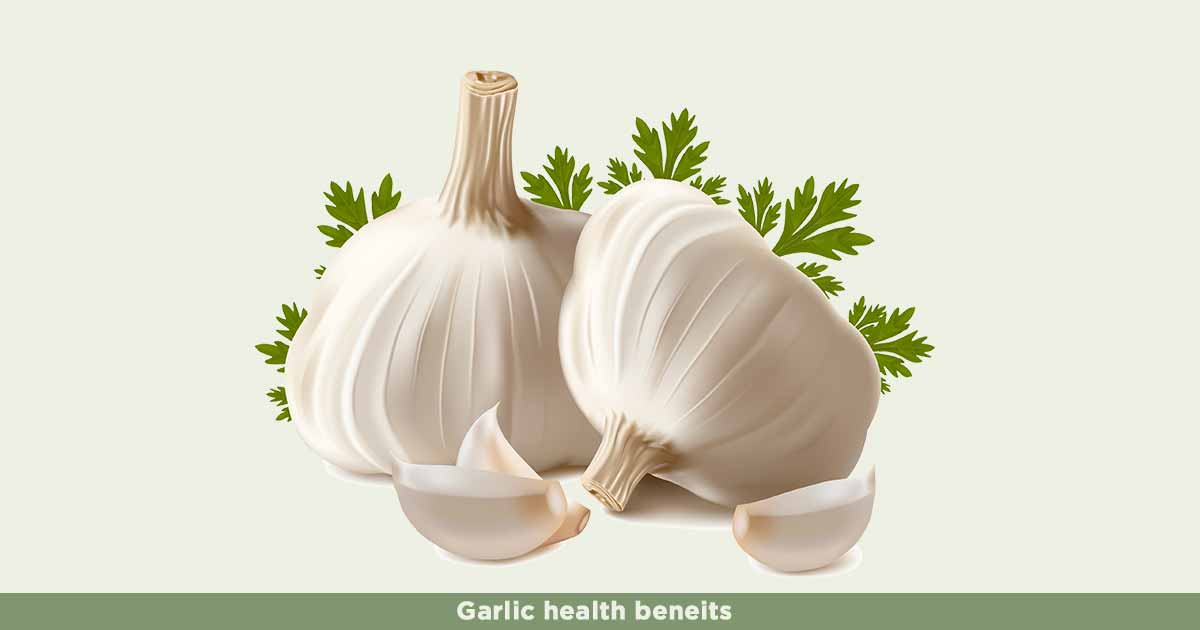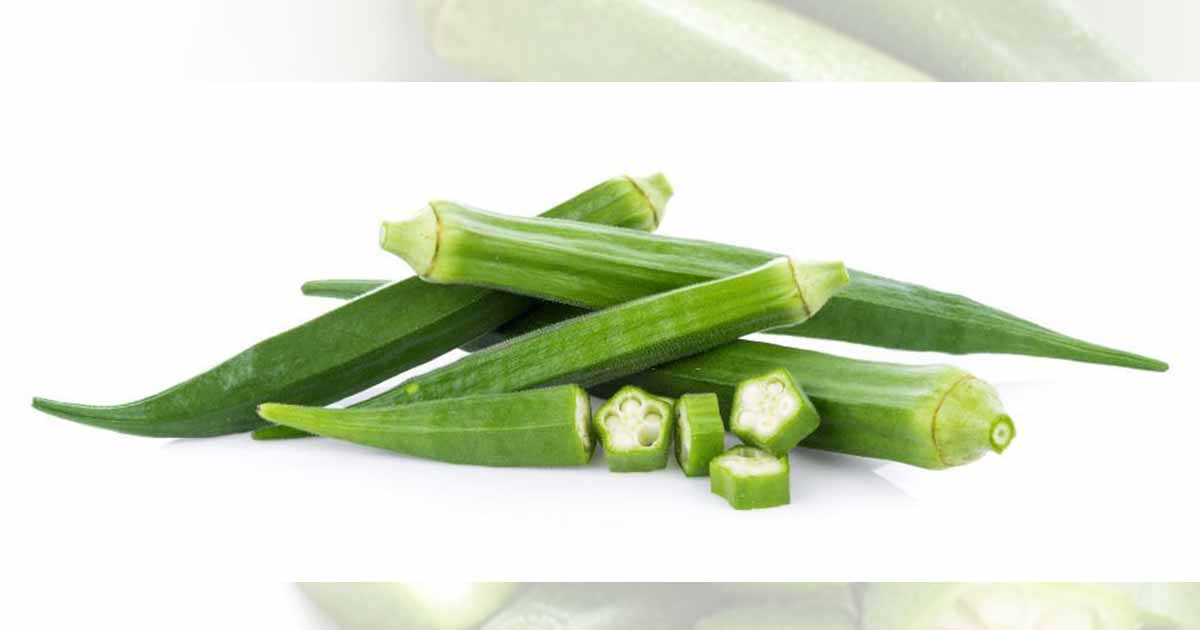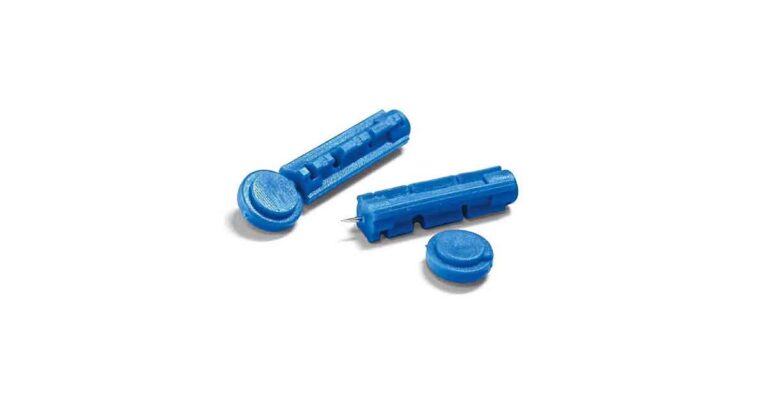Black velvet tamarind, or African velvet tamarind (botanical name: Dialium guineense) from the family, Fabaceae, and subfamily – Caesalpinioideae, is a fruit from a tree that grows well in the Savannah forests, canyons, and gallery forests.
Other English names of the plant are Africa velvet tamarind, black velvet, tumble tree, Sierra Leone tamarind, velvet tamarind. The Africa velvet tamarind has names such as icheku in Igbo, awin in Yoruba, yoyi in Ghana, and others like:
- Wolof – solam
- French – tamarinier noir
- Hausa – tsamiyar kurm
- Mandinka – kosito
- Fula – Meko, Kedebe
The plant is found in Nigeria, Ghana, Togo, Mali, Sao Tome and Principe, Sierra Leone, Senegal, Equatorial Guinea, Cameroon, and some other African countries.
Black velvet tamarind produces abundant fruits that are a bit circular or somewhat flat. It is dark, and heavily velvety. The fruit is enclosed in a brittle shell and has a seed, or rarely two seeds. The seed is enclosed in a dry, brownish, sweetly acidic, edible pulp, which can be eaten after peeling the shell.
The pulp is red or orange, and have sweet-sour taste, and astringent flavor. The pulp can also be used for flavoring snacks, making jellies, and beverages.
The tree can grow up to 30 m, and produce densely populated leaves and whitish flowers. The bark is grayish and produces a reddish gum. The bark and leaves of the plant are used in traditional medicine.
The tree normally produces flowers in September to October, and fruits from October to January, or March to May in some locations. The peak of harvesting is between March and April.
The twig of the plant is used locally as a chewing stick. The gum obtained from the seed is used to add viscosity to foods. The seed powder of black velvet tamarind is a substitute to coffee in India. In Ghana, the leaves, which are bitter, are used to cook “domoda”.
Nutritional Benefits of Black Velvet Tamarind
The seed and pulp of the black velvet tamarind has a varying levels of moisture, dry matter, ash, organic matter, crude fat, crude fiber, carbohydrate, protein. The lipid content of the seed is higher than the pulp. The level of protein is high, as can be deduced from the fact that the fruit is from the legumes’ subfamily.
The fruit contains high level of fructose and glucose. There are vitamins such as ascorbic acid, B-
carotene and tocopherol, and minerals such as iron, zinc, phosphorus, calcium, potassium, magnesium, manganese, copper.
The pulp contains more iron, magnesium, potassium, and vitamin C than the seed. The pulp also contains dietary fiber, which helps to improve bowel movement and protect the colon against cancer.
Bioactive Compounds in Dialium guineense
The stem bark extract of black velvet tamarind contain alkaloids, cardiac glycosides, carbohydrates, flavonoids, tannins, phlobatannins, resins, saponins, steroids, terpenoids, triterpenes, and reducing sugars.
The leaf extract contains alkaloids, flavonoids, saponins, steroids, tannins, and cardiac glycosides.
Health Benefits of Black Velvet Tamarind
Antioxidant: The methanolic leaf extract of Dialium guineense has dose-dependent free radical scavenging action. The antioxidant activity is close to ascorbic acid, while the reducing activity is similar to gallic acid.
Ulcer: In an experiment using ethanol/HCl and indomethacin as ulcerogen, the extract of Dialium guineense reduced the ulcer index, promoting healing of the ulcer. This may be due to increased mucus secretion induced by the extract.
Antimalarial activity: Leaf extract of Dialium guineense inhibits Plasmodium falciparum, the parasite responsible for malaria. It may also have synergistic action when co-administered with artesunate in the management of malaria. Alkaloids present may be responsible for the antimalarial action.
Analgesic action: Methanolic stem bark extract of D. guineense produced a dose-dependent analgesic action on lab rat induced with analgesia using acetic acid.
Antimicrobial action: The ethanolic leaf and bark extract of black velvet tamarind inhibited Klebsiella pneumonia and Staphylococcus aureus. The leaf extract also inhibited Streptococcus mutans, while the stem bark extract inhibited Salmonella typhi and S. aurus. The extract also inhibited the fungus, Candida albicans.
Additionally, the leaf extract inhibits vibrio, a genus of Gram-negative bacteria.
Dental health: The twig of this plant is used as a chewing stick. It contains saponins, which may inhibit dental carries.
Anti-hemorrhoidal activity: Black velvet tamarind has tannins, a bioactive element that has astringent property. Tannins coagulate proteins in the linings of the anal canal or cells of the perianal skin, causing vasoconstriction. This can increase contraction of the tissues, skin dryness, and reduce itching associated with hemorrhoids.
Anti-diarrhea: In a study where castor oil was used to induce diarrhea in a lab rat, the stem bark extract reduced gastrointestinal motility, watery nature of the stooling and the frequency of the fecal dropping.
Protective effect on the liver: In a study, the phenolic pulp extract protected against aflatoxin B1-induced hepatotoxicity and oxidative stress in a lab rat. It also prevented lipid peroxidation, protein
oxidation and DNA fragmentation.
Toxic waste removal: There are studies that suggest the shell of the black velvet tamarind can serve as adsorbent to be used to decontaminate groundwater polluted with heavy metals such as iron, zinc, chromium, manganese. But it is less effective in decontaminating lead.
References:
- https://www.ajol.info/index.php/ajbr/article/view/150273/141010
- http://apps.worldagroforestry.org/treedb/AFTPDFS/Dialium_guineense.PDF
- https://www.researchgate.net/publication
- https://integrityresjournals.org/journal/JBBD/article-full-text-pdf/32D3745E1/354797121_Black_Velvet_Tamarind_Phytochemical_Analysis_Antiradical_and_Antimicrobial_Properties_of_the_Seed_Extract_for_Human_Therapeutic_and_Health_Benefits

